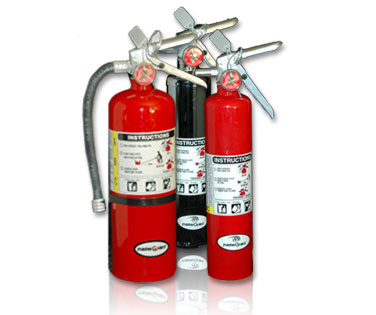

Fire Safety Step Three: Home Fire Extinguishers Here you will find everything you need to know about creating a home fire escape plan for your family and your home, including a one-page Escape Planning Tips Sheet and an Escape Planning Floor Plan Grid on which you can draw an escape map.
FIRE EXTINGUISHER FOR HOME HOW TO
The National Fire Protection Association has an excellent How To Make A Home Fire Escape Plan page. Consequently, you do not want to wait until there is a fire to figure out how to escape.

It comes as a shock to many people that you may have as little as two minutes to escape from your home in a house fire. Fire Safety Step Two: Home Fire Escape Plan If smoke detectors are already in place, install new batteries, and ensure the sensors are working correctly. When considering fire safety in your home, the first thing you should do is install the recommended number of smoke detectors in the correct locations. The single most important piece of fire safety equipment in your home is the smoke detector. A fire extinguisher should be the third step in your home fire safety plan. Yes, you should have a fire extinguisher in your house, but it should be part of a fire safety “system” and not the only thing you rely on for protection. Should I Have A Fire Extinguisher in My House? Here’s everything you need to know about fire extinguishers in the house. You need the correct fire extinguisher, you must know how to use it correctly, and you have to have other fire safety measures in place first. So, should I have a fire extinguisher in my house? Yes, you should have a fire extinguisher in your home, but it is not a case of buying one and putting it in a cupboard. There are circumstances where having a fire extinguisher can make things more dangerous. Keeping a fire extinguisher in your home seems like a no-brainer, but it’s not as simple and straightforward as you think.


 0 kommentar(er)
0 kommentar(er)
